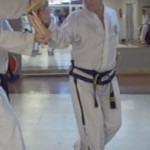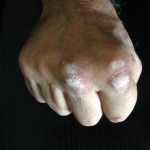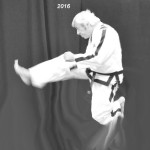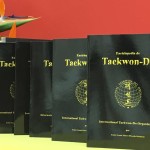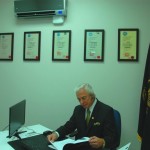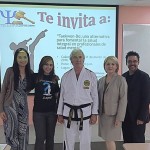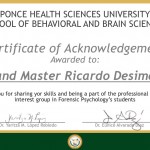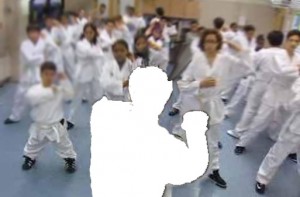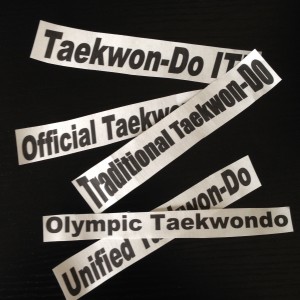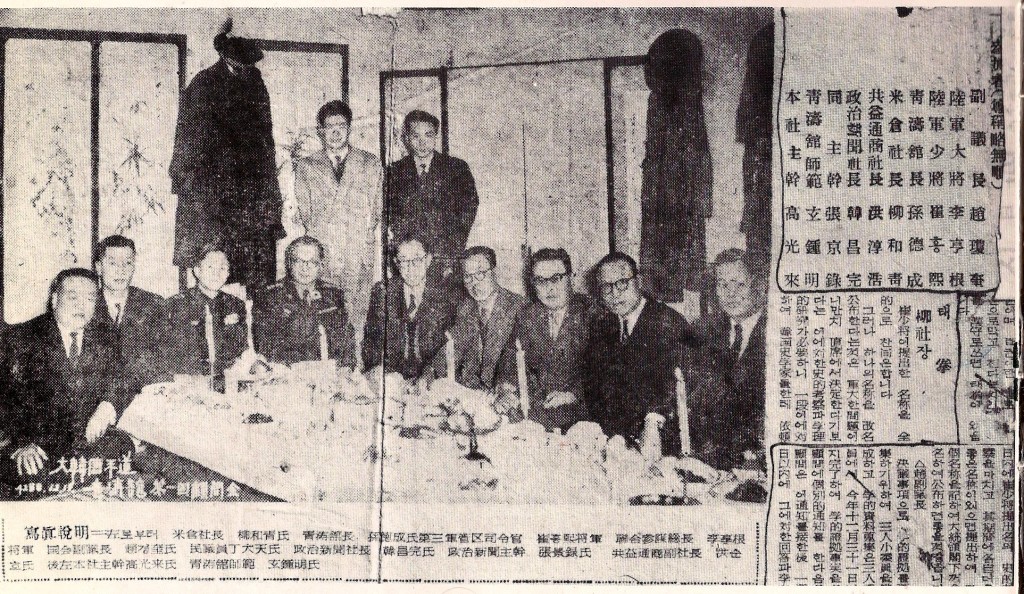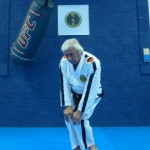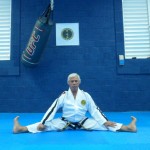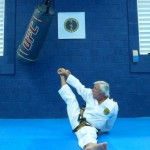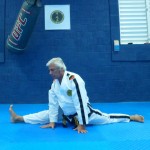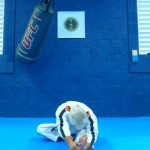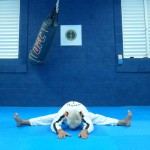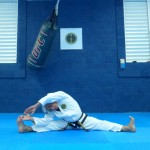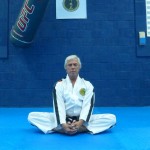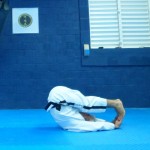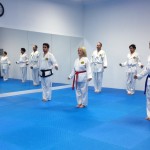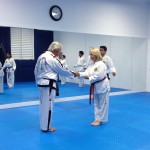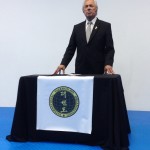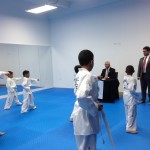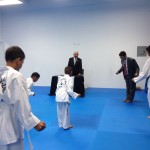In Taekwon-Do the task of teaching has a strict way to follow, otherwise it’s impossible to attain the goal.
In a previous note I’ve explained the unsuccessful method of the self taught, however, I’d like to enter upon other elements that can confuse and block the acquisition of the correct knowledge or an approach to the real capacity.
It’s already known that the institutions control the practitioners’ evolution to avoid the self taught negative’s effect, because these people don’t acknowledge the necessary hierarchy order established by the Taekwon-Do’s Founder, Gral. Choi Hong Hi, since its beginning.
Nobody can lead an army being a Sergeant, the circumstances will demonstrate in the short or middle time the absolute need for the Generals.
Besides this reality, some places are occasionally held by a non competent person, regardless of the category he has.
Taekwon-Do is where the knowledge is, besides the race, religion or the political actions that may try to hide that truth. But, in Taekwon-Do, knowledge has a characteristic that differentiates it from other signatures, pedagogical instruments or professions. Here you only know what you can do.
The fact that you have read the Taekwon-Do’s literature and remember it in detail, doesn’t make you an expert or a critic of the art, you are only a well informed reader.
There is no doubt that literature will be needed in addition to the assistance of a «well trained» instructor/Master in order to achieve the right domain of Taekwon-Do, the only way for managing with the body the theory’s mandate.
If your body can’t do it, you don’t know it, you’re just a reader in this matter.
The several organizations that call themselves ‘officials’ and pretend to represent the style without being such a thing, have allowed that some high hierarchies try to transfer a knowledge that their bodies can’t demonstrate.
In other words, they rigorously repeat the details they read or watched done by other but they can’t do what they’re teaching , establishing a dissociation between the explanation and the real personal knowledge.
The real handling demands a constant practice, without it all knowledge is an utopia.
Without the permanent training of the tools inherent to the art, is impossible pretending its domain.
In Taekwon-Do the physical evidence of the training is at the sight of everybody.
It’s impossible to teach about the great effectiveness of a punch if your hands don’t show any sign of the necessary work to attain the knowledge in this matter. In this case that instructor or master wouldn’t be different in his knowledge than the student that also has read about the item. It cannot be acquired with money or from our seniors but only through constant practice and sweat.
The bibliographic reference cannot be avoided or minimized because the training would be erratic and without a definite destiny, however, only knowing the theory is a hidden form of fraud to himself and to the people attending that «teaching».
Some people try to imitate Gral. Choi in their style of leading a seminar and with the details rigorously required by him, though none of them take into consideration that he taught what he had trained with his body. His hands showed the hard job done and gave him the authority to talk about that item. He moved his body in syntony with his demands. The movements were done by him and not using other’s body as an example.
The theoretical explanation about the geometrical references on which are built the stances, don’t indicate an expertise in Taekwon-Do. Deep knowledge is only acquired by the practice.
Imitation and repetition is the way that a disciple has to follow in the learning procedure. Because of this, a MASTER has the unavoidable compromise to show what he is teaching.
The right method demands a theory and practice communion, with a strong emphasis in the last one. The physical example will prevail over the theoretical consideration or any other intellectual speculation.
The permanent training is the way of the art in itself, without it , the art doesn’t exist.
To recognize an instructor or a master in Taekwon-Do and beyond his unavoidable handling in patterns, look his hands. These have to show the evidence of the necessary job to be effective, the opposite is the obvious nonexistent knowledge.
Senior Grand Master Ricardo Desimone
To be actualized read again the previous notes

